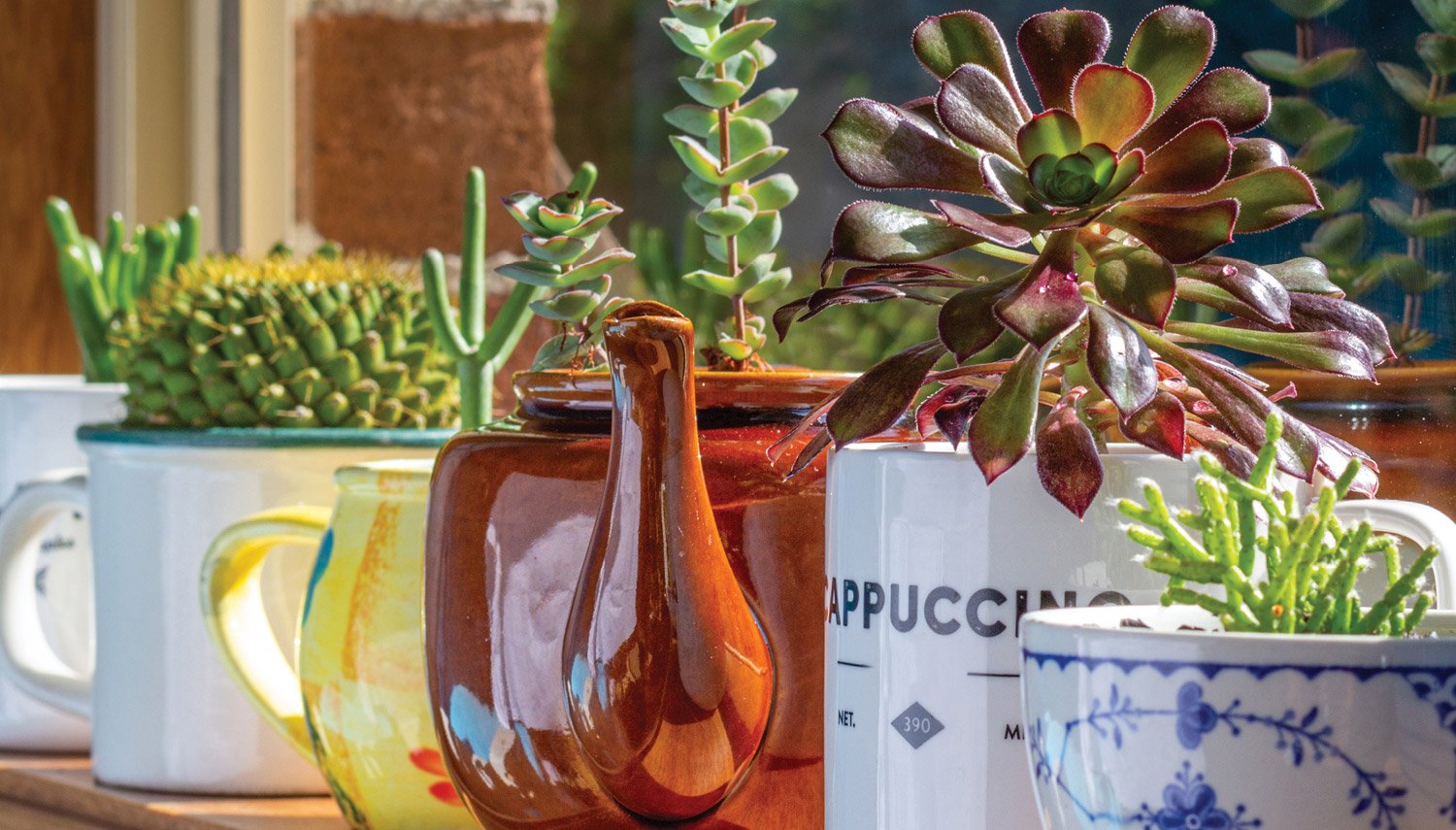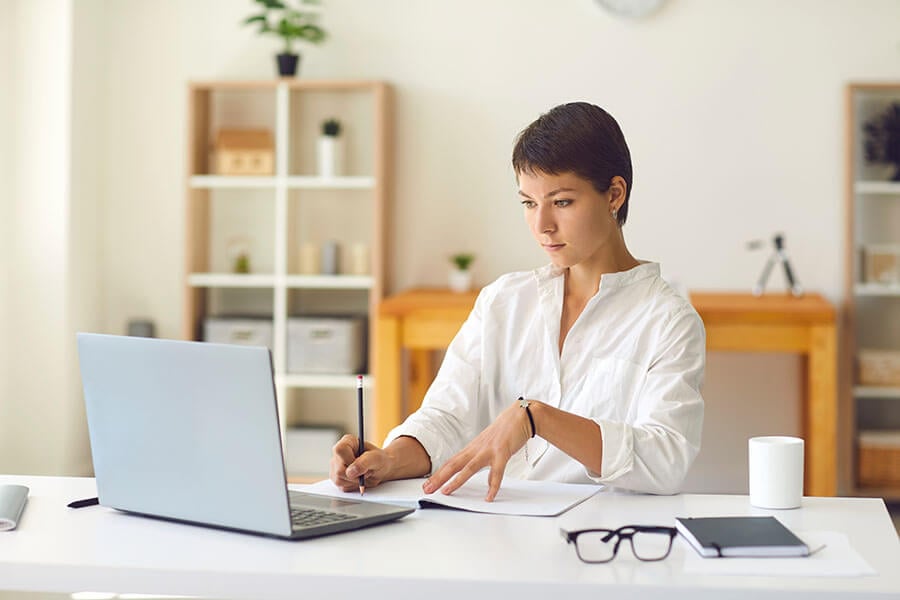Upcycling is a popular way to reuse old or unwanted items while giving them new life. It’s an environmentally friendly choice that reduces waste and saves you money at the same time. Best of all, you only need some creativity, a little time to devote to the project and stuff you already have lying around at home to be a successful upcycler.
Here are seven tips for upcycling at home, along with a list of ideas to help you get started.
Identify what you have.
Before you start upcycling, take inventory of possibly repurposeful items you already have at home. Walk through your home, paying close attention to items you no longer use, such as old furniture, clothes or household items. You can also check out thrift stores or garage sales for more stuff to add to your upcycling collection.
Choose a project and get creative
Once you’ve collected some items for possible upcycling, choose a project to work on. You can look up ideas online or ask friends who are experienced upcyclers to help you choose the perfect project.
Of course, you can also dream up an idea on your own. Upcycling is all about thinking outside the box. Don’t be afraid to try new things or experiment with different materials. For example, you can use old magazines to create a unique piece of wall art or turn an old ladder into a bookshelf. The possibilities are endless, so have fun with your project and let your imagination run wild!
When choosing a project, be sure to pick one that suits your skill level and the materials that you have on hand or can buy/acquire cheaply and easily.
Prep your tools before you start
It’s best not to get started on an upcycling project until you have all the tools you need on hand. Depending on your project, you may want to prepare tools like sandpaper, paint, a glue gun or a sewing machine. Gather all the necessary materials and make sure you have enough of everything so you don’t get stuck mid-project.
To keep costs down, try to choose projects you can do without purchasing any new tools or supplies. If you plan to upcycle often, though, it may be worthwhile to invest in some versatile tools you’ll use again and again.
Don’t be afraid to ask for help
If you’re new to upcycling or you’re working on a particularly challenging project, you don’t have to go it alone. Reach out to friends or family members who have experience with upcycling, or join a local upcycling group to get inspiration and advice. You can also find a wealth of information online, including tutorials and forums where you can connect with other devoted upcyclers.
Share your work
Once you’ve completed your first upcycling project, share it with others. Post a photo of your project on your favorite social media platforms, or enter it into a local or online upcycling competition. By sharing your work, you’ll inspire others to take up upcycling and help spread the movement to choose a sustainable lifestyle.
Take it to the next level
If you want to take your upcycling to the next level, there are plenty of projects involving more advanced skills. You can build a desk out of old pallets or a compost bin out of a plastic storage container. You can even make a chicken coop out of a trampoline frame!
Upcycling ideas to get you started:
Here’s a small collection of upcycling ideas to jumpstart your creativity:
- Projects with clothing. Your old clothing can be reused to create a variety of interesting projects, like quilts, tote bags, curtains and pillows.
- Recycled materials for storage and organization. There are loads of materials you can recycle for storage and organization purposes. For example, cardboard can be cut into functional shapes, covered with Washi tape or spray painted in the color of your choice, and used for storage or to create shelves in your pantry or closet.
- Repurposed furniture. Old dressers can be repurposed into storage units or kitchen islands. Chairs can be painted and turned into outdoor seating. You can even use old doors to make a headboard or a bookshelf.
Upcycling is an easy and fun way to reduce your environmental impact. Whether you’re repurposing furniture or recycling materials, there are countless ways to upcycle at home. Have fun and see what you can create!



